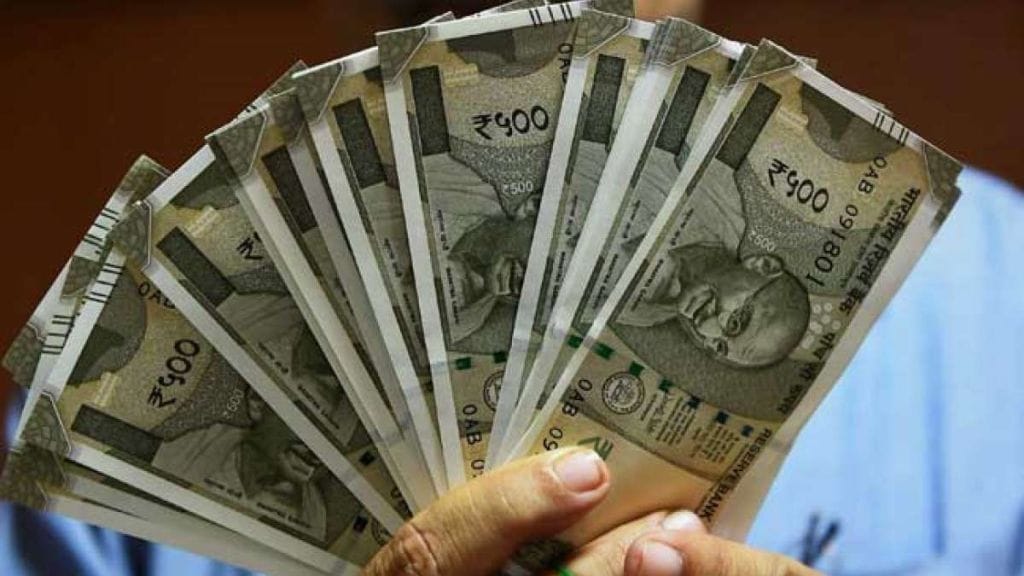By Furqan Qamar
According to the RBI’s report on the Trends and Progress of Banking in India, banks have improved their profitability and reduced their non-performing assets (NPAs). Their bad loans have fallen from 11.2% in 2018 to 3.2% as of September 2023. This brings a huge respite.
Gross NPAs (GNPAs) of the scheduled commercial banks (SCBs) had grown from Rs 57,396 crore in 2004-05 to Rs 69,953.75 crore in 2008-09, a jump of 21.87% over a period of five years and further to Rs 10.35 trillion or 11.2% of the gross advances (GA) by 2017-18.
Since then, the GNPAs had come down to Rs 8.29 trillion or 7.6% of GA during 2020-21 and further to 6.9% by the end of the 2022 fiscal. This ratio is estimated to fall to a 10-year low of 3.9% by the end of the 2023 fiscal. RBI’s Financial Stability Report (FSR) predicts the GNPA ratio will improve to 3.6% by March 2024.
Much of the decline in GNPAs, however, is attributable to the massive write-off. RBI data indicates that the public sector banks alone wrote off bad loans worth Rs 10 lakh over the past five years. Yet, the recoveries have also played a part.
Apart from the routine recovery processes, commercial banks in India take recourse to recover their loans and advances through multiple modes and channels. The National Asset Reconstruction Company Ltd. (NARCL) and India Debt Resolution Company Ltd. (IDRCL), popularly called the bad banks, have also been established to recover large-sized loans.
Lok Adalats have been encouraged by RBI to recover loans up to Rs 10 lakh. Going by the data, the Lok Adalats do not appear to have been effective. During the past 12 years, from 2010-11 to 2021-22, a total of 3.84 lakh cases involving a sum of Rs 4.9 trillion were referred to the Lok Adalats. Of these, only 4.36% or Rs 21,340 crore could be recovered. The highest proportion of pending loans that could be recovered through Lok Adalats was 11.76% in 2011-12. Since then, the recovery rate has only declined and was as low as 2.33% in 2021-22.
Provided by the Recovery of Debt and Bankruptcy Act 1993, the country today has 39 Debt Recovery Tribunals (DRTs) and five Debt Recovery Appellate Tribunals (DRAT). Following the enactment of the Securitisation and Reconstruction of Financial Assets & Enforcement of Security Interest Act, 2002 (SARFAESI Act), securitisation appeals (SAs) may also be filed with the DRTs. In 2008-09, the recoveries through the DRTs looked encouraging. More than 81.1% of the NPAs referred to it were realised. Since then, however, their recovery rate has slid. From 2010-11 to 2021-22, a total of 3.19 lakh cases involving a sum of Rs 12.34 trillion were referred to the DRTs, of which Rs 86,600 crore, or a mere 7.02%, could be recovered. The recovery rate through the DRTs, which was 27.66% in 2010-11, declined to 3.60% in 2020-21. Surprisingly, the DRT recovery rate increased to 25.68% in 2021-22.
The SARFAESI enables commercial banks to auction commercial or residential properties to recover secured loans from defaulting borrowers. During 2010-22, banks sought to recover pending loans from 19.32 lakh defaulting borrowers involving a sum of Rs13.34 trillion. They could only recover Rs 2.85 trillion, or a mere 21.35% of the loans under default.
Regarding the recoveries under the Insolvency and Bankruptcy Code (IBC), the available data reveals that it began on an optimistic note, recording a recovery rate of 49.61% in 2017-18. Since then, the recovery rate has declined to 23.80% in 2021-22. Over a period of five years since 2017-18, as many as 5,263 cases involving Rs 7.15 trillion were brought under the IBC. Of these, Rs 2.50 trillion or 35% were recovered. A Press Information Bureau (PIB) release informs that recoveries through the IBC mechanism had reached Rs 3 trillion, marking the highest number of resolutions since the enactment of IBC in FY23.
Taken together, as many as 4.06 lakh cases involving Rs 37.73 trillion were referred to various recovery channels during 2010-22. Of these, only Rs 6.43 trillion, a mere 17.04%, could be realised. Disquietingly, the overall recovery rate has come down from 31.40% in 2010-11 to 18.41% in 2021-22.
Clearly, while the write-off and provisions make NPAs look significantly lower, the continued generation of new NPAs and their low-paced recoveries by different channels do not augur well for the health of the banking sector.
Regulations provide for all the enabling conditions which banks must leverage to intensify their efforts. Targeting zero NPA may be utopian, but zero tolerance for NPAs is necessary to tame the menace of their rising numbers.
Taking NPAS off their balance sheet may make banks look better and enable them to make enhanced lending, but this may be fraught with dangers. NPAs and deterioration of asset quality due to delay and default risks, thus, continue to remain major concerns and a focus for reforms in the banking sector.
Lending is integral to commercial banks and necessary for their growth and profitability. Yet, due diligence in lending and efficient assets side management is critical for continuing the defaults to a bare minimum and within the norms. Taking prompt and necessary actions within the bounds of the law to recover and realise the interest and principal with minimum delay and default is no less important.
Furqan Qamar, Professor, department of management studies, Jamia Millia Islamia, New Delhi. Views are personal
Coauthored with Samreen Fatima Siddiqui, PhD candidate, department of management studies, Jamia Millia Islamia


